The World Monuments Fund (WMF) has released its 2022 edition of the World Monuments Watch, a biannual compendium of under-threat heritage sites that, this year, span the globe from the south coast of England to Nepal’s Kathmandu Valley to the tiny Indian Ocean nation of the Maldives. A total of 24 countries are represented in the 2022 Watch list, which is centered around the four core themes of Climate Change, Underrepresented Heritage, Imbalanced Tourism, and Crisis Recovery.
Of the 25 culturally significant sites identified by the WMF that are “facing global challenges and whose preservation is urgent and vital to local communities,” three are located in North America: the historic community of Africatown just north of downtown Mobile, Alabama; Garcia Pasture, an archaeological site near the Gulf Coast city of Brownsville sacred to the Carrizo/Comecrudo Tribe of Texas, and the famed archaeological park of Teotihuacan, which enjoys the status as both Mexico’s most visited cultural site and as the largest pre-Colombian site in the Americas. But like a handful of other sites appearing on this year’s World Monuments Watch, the communities surrounding Teotihuacan have also struggled under the sheer weight of its popularity as a tourist destination and would, per WMF, benefit from more “inclusive tourism planning and visitor management.”
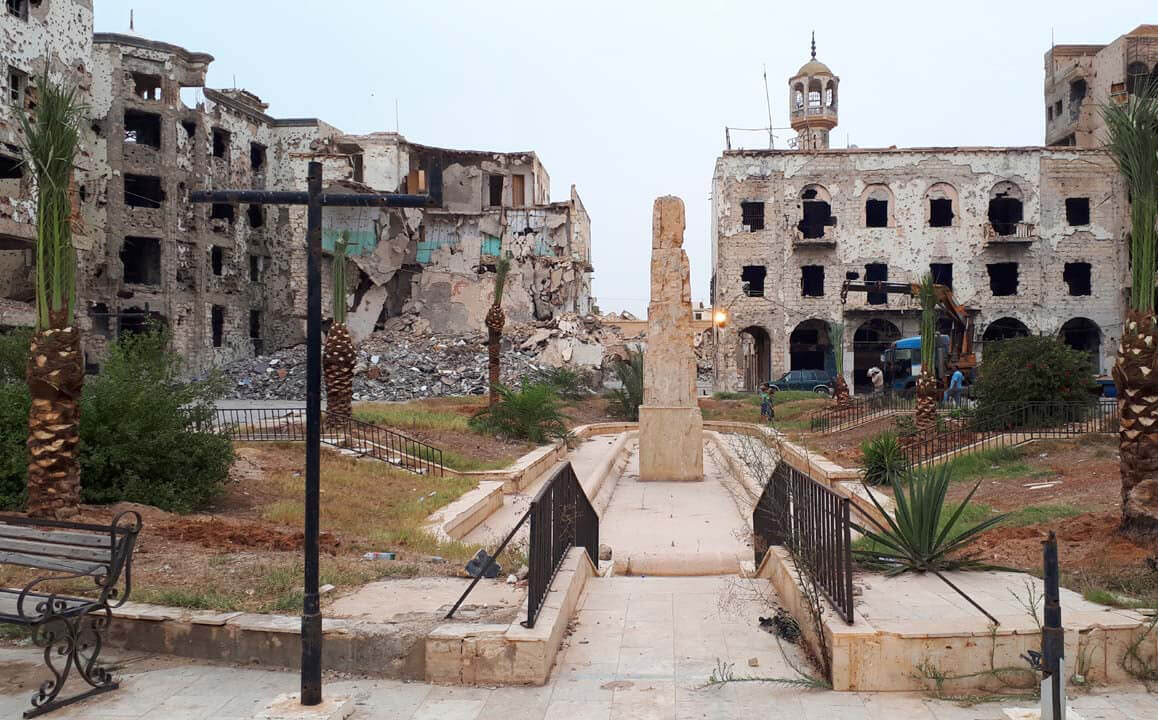
Notably, two invaluable heritage sites appearing on the 2022 Watch list, the Heritage Buildings of Beirut and Benghazi’s Historic City Center, are rebounding from major crises, which as the WMF points out, highlights the organization’s ongoing commitment to supporting community-led recovery efforts in the wake of catastrophic and seemingly insurmountable events. In this case, a destructive explosion and civil war.
Sites threatened by the devastating impacts of climate change, including sea-level rise and water scarcity also, sadly and not surprisingly, constitute a hefty part of the list.
“This year’s Watch demonstrates that heritage preservation can offer innovative solutions to contemporary global challenges,” said Bénédicte de Montlaur, president and CEO of World Monuments Fund, in a statement. “We urge the world to stand with communities and save these places of extraordinary cultural significance. Heritage sites are an incredible resource for addressing larger issues facing society as well as local needs of recognition, access, participation, and economic opportunity.”
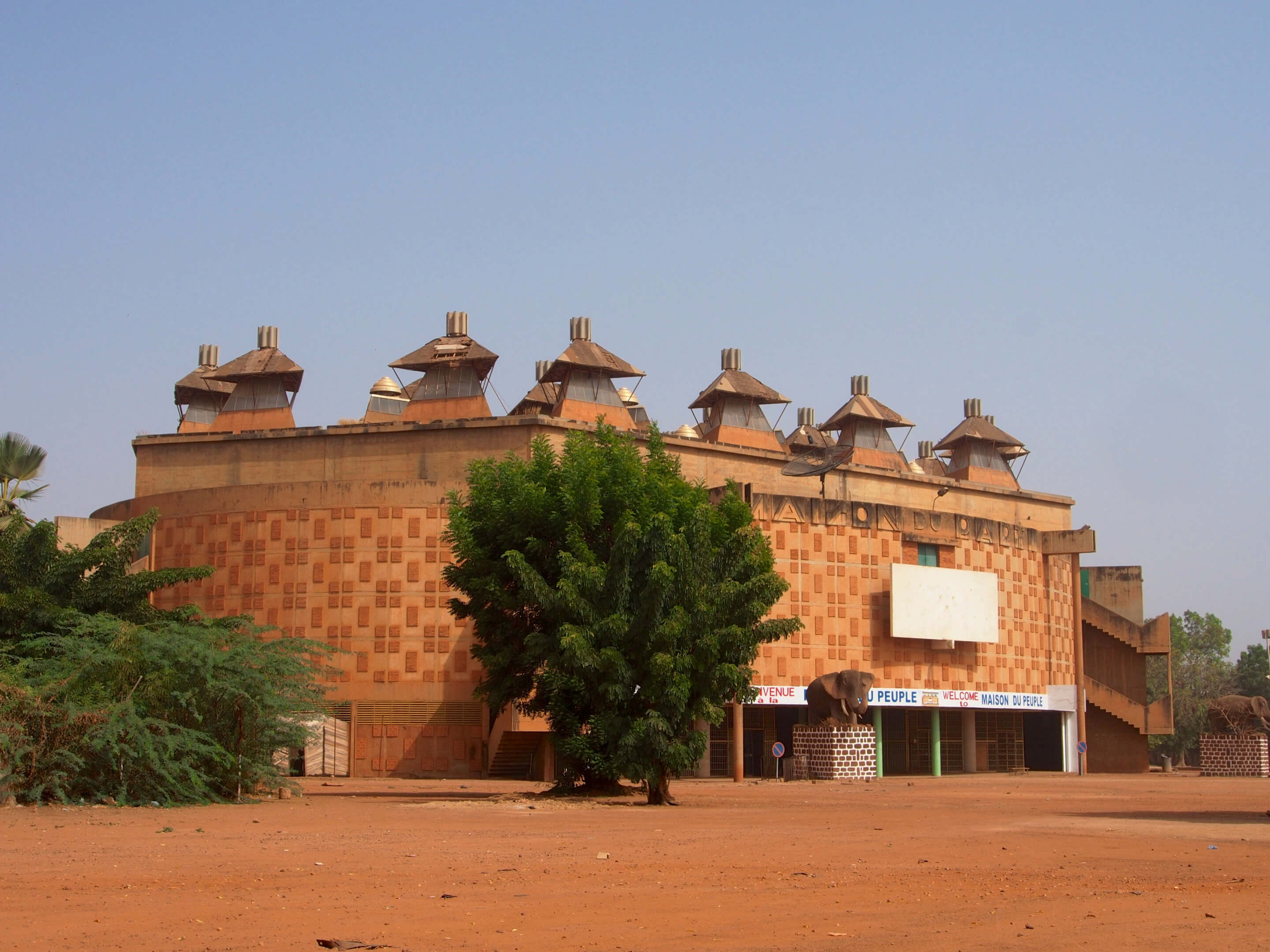
Launched in 1996, the World Monuments program considers at-risk sites nominated by both individuals and community-based organizations. This year’s open call yielded more than 225 nominations which underwent “extensive internal and external review” by the International Council on Monuments and Sites (ICOMOS) along with an independent panel of international heritage experts who were tasked with making the final selection. As noted in a press release, WMF has directly contributed more than $110 million toward projects at more than 300 Watch sites to date. By sounding the proverbial alarm bells and drawing global attention to sites included on the biannual list, WMF has also helped communities bring in an additional $300 million from other sources.
Below is a list of all of this cycle’s 25 World Monuments Watch sites, arranged alphabetically by country, with links back to their respective Watch profile pages that further detail the distinct challenges that they face along with preservation solutions that have the potential to make a lasting difference for generations to come.
Kinchela Aboriginal Boys Training Home (Kinchela, Australia)
Mosque City of Bagerhat (Bagerhat, Bangladesh)
Lamanai (Indian Church Village, Belize)
Monte Alegre State Park (Brazil)
La Maison du Peuple, Ouagadougou (Ouagadougou, Burkina Faso)
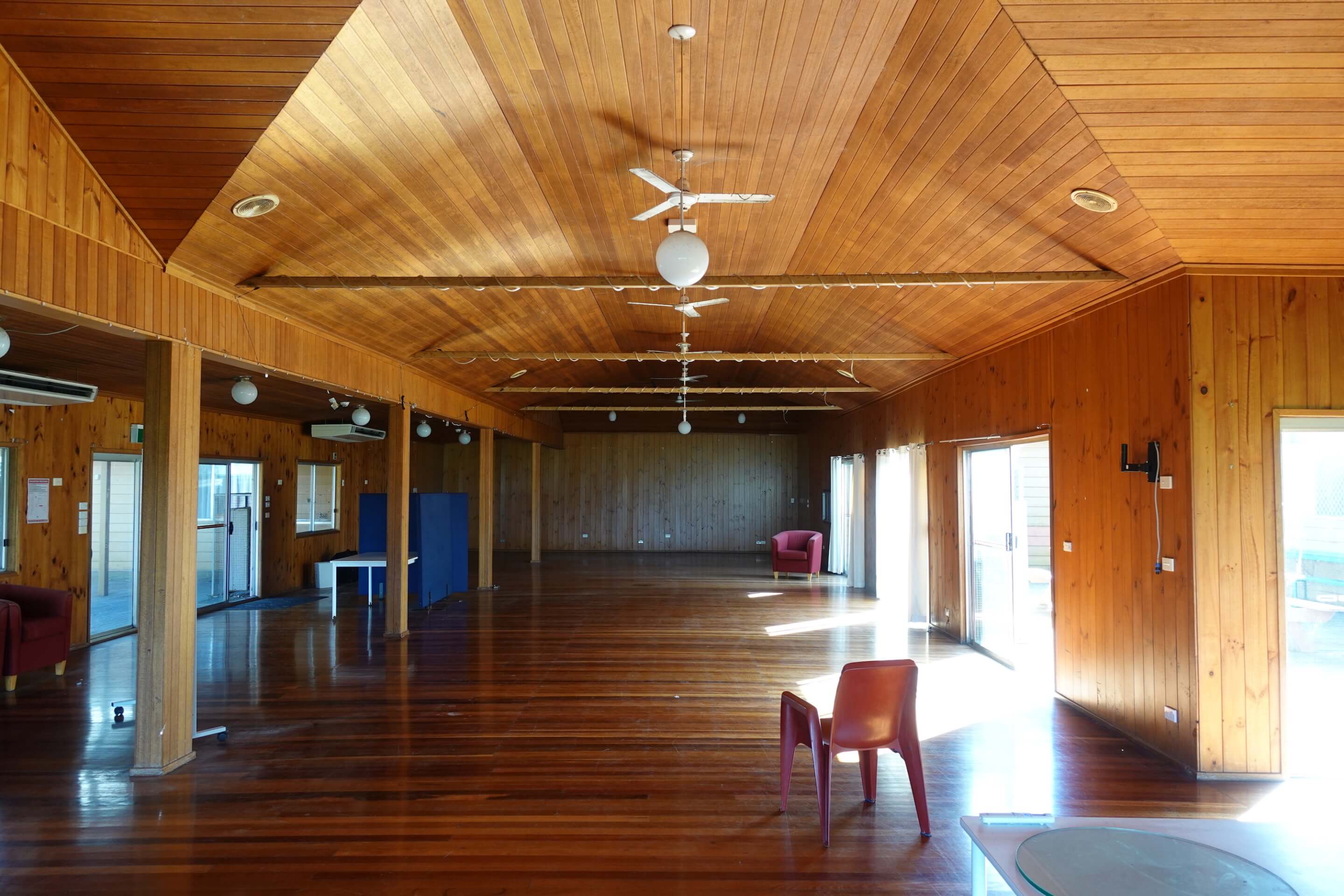
Cultural Landscape of the Bunong People (Mondulkiri Province, Cambodia)
Fortified Manors of Yongtai (Fujian, China)
Abydos (Egypt)
Asante Traditional Buildings (Near Kumasi, Ashanti Region, Ghana)
Tiretta Bazaar (Kolkata, India)
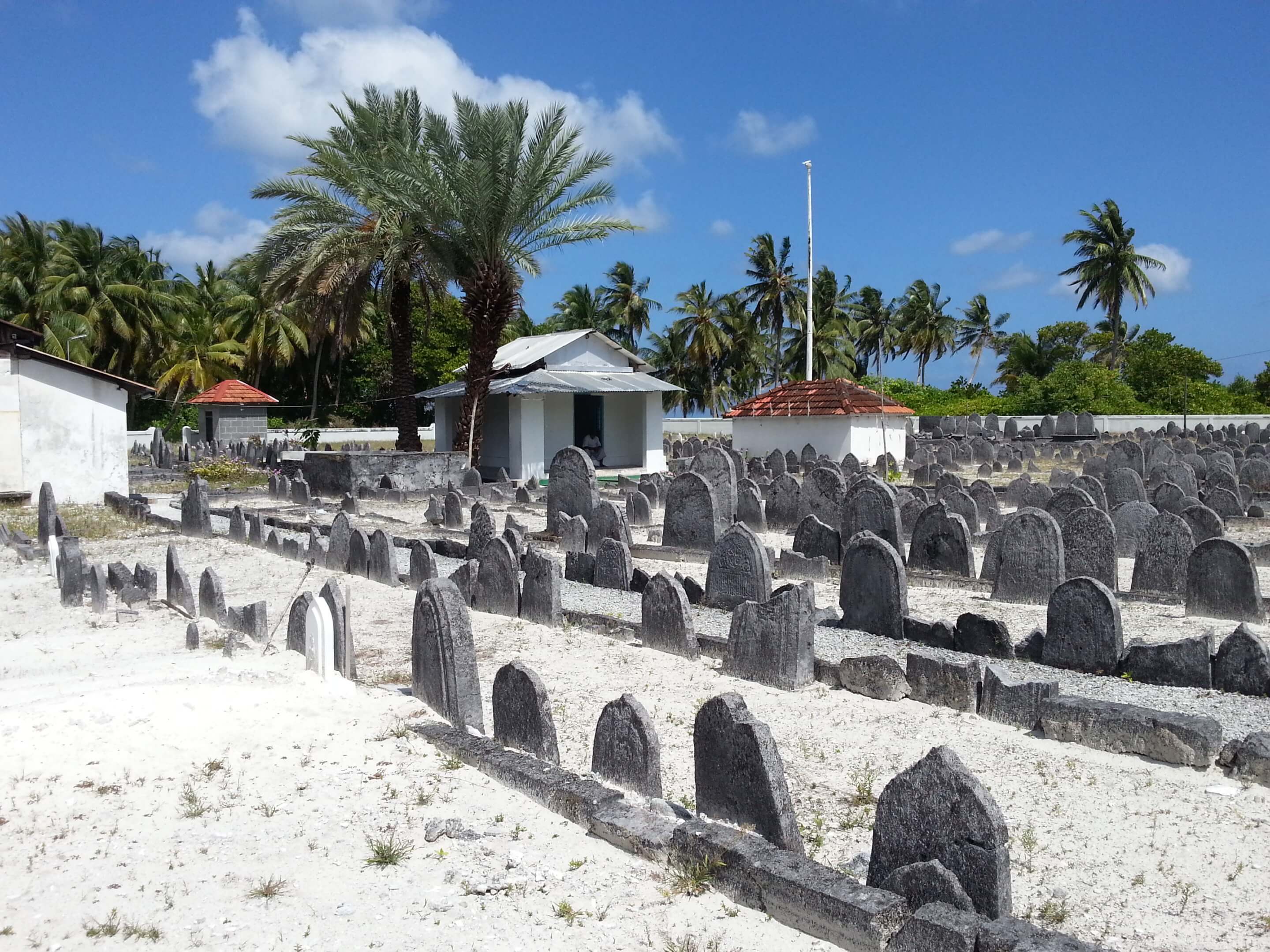
Sumba Island (Indonesia)
Heritage Buildings of Beirut (Lebanon)
Benghazi Historic City Center (Benghazi, Libya)
Koagannu Mosques and Cemetery (Maldives)
Teotihuacan (San Juan Teotihuacan, Mexico)
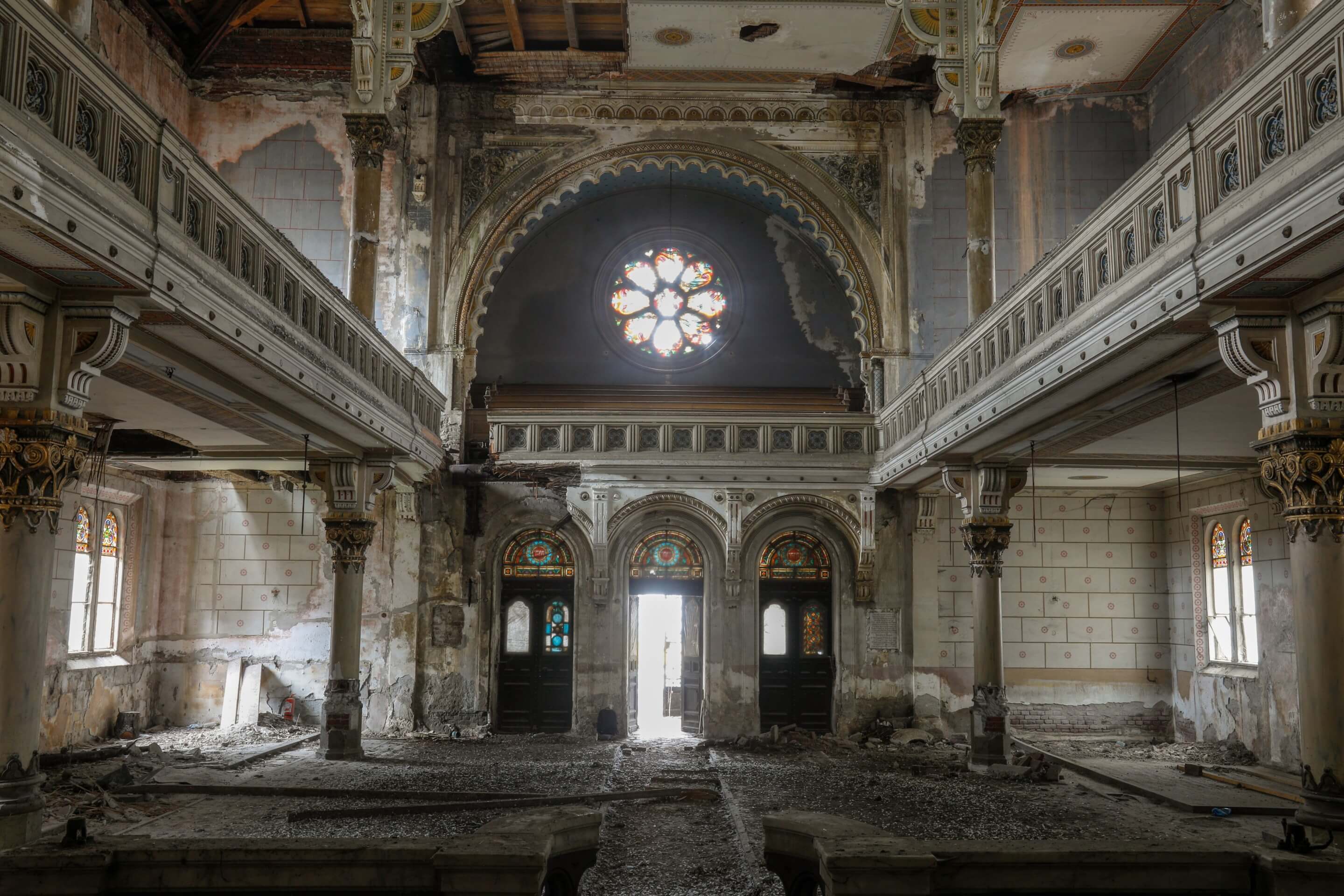
Hitis (Water Fountains) of the Kathmandu Valley (Kathmandu Valley, Nepal)
Tomb of Jahangir (Lahore, Pakistan)
Yanacancha-Huaquis Cultural Landscape (Miraflores District, Peru)
Alcântara and Rocha do Conde de Óbidos Marine Stations (Almada Negreiros Murals) (Lisbon, Portugal)
Fabric Synagogue and Jewish Heritage of Timișoara (Timișoara, Romania)

Nuri (Sudan)
Hurst Castle (Lymington, United Kingdom)
Africatown (Mobile, Alabama, United States)
Garcia Pasture (Brownsville, Texas, United States)
Soqotra Archipelago (Yemen)











